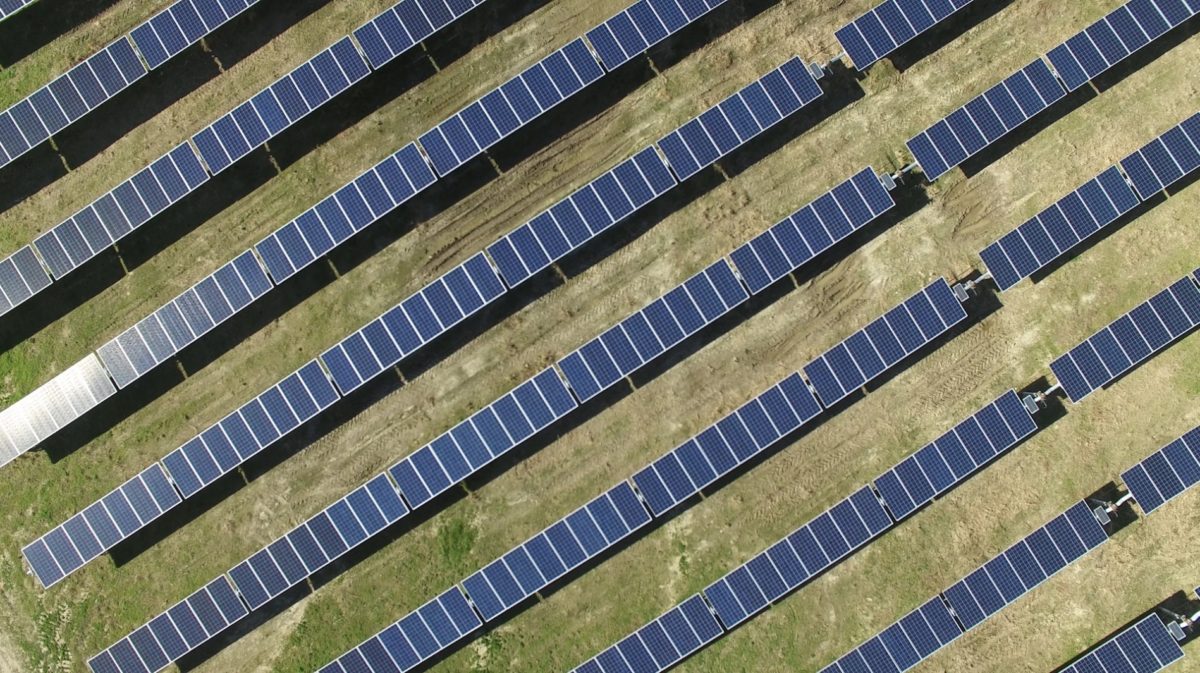Virginia regulators have only until January 1 before they are required to file the final version of a shared solar program included as part of Senate Bill 629. Similar to other subscription services, SB629 allows tDominion Energy customers in the Commonwealth to buy solar power via subscription from a shared power facility owned by a third party.
These shared power facilities would top out at a maximum of 5 MW in capacity; a total of 150 MW of capacity is allocated for the initial program. If 45 MW of that 150 MW feature low- or middle-income subscribers, then the program may be expanded by another 50 MW.
Low- and middle-income refers to customers whose household income is “no more than 80% of the median income in that particular locality,” according to a clarification made by Governor Ralph Northam. The bill prohibits using credit checks as a means of establishing eligibility for residential customers to become subscribers.
The program would expand access to solar for residents who can’t afford their own installation, and also to those with other logistical hurdles to solar access, like tree coverage or overly restrictive homeowner association guidelines.
Once approved for participation, subscribers would receive a bill credit for at least 25 years from the date the shared solar facility becomes commercially operational.
The projects
The regulation, when approved, would go into effect in 2023, meaning subscriptions could begin at that time. There is no deadline for the latest date that a participating project could become commercially operational, likely because lawmakers anticipate a floodof development proposals once the regulations are finalized.
For a facility to qualify for the program, it must have at least three subscribers, be located on a single parcel of land in Dominion’s service area and have 40% of its capacity subscribed by customers with subscriptions of 25 kW or less.
These specifications create an incremental rollout model for small-scale distributed generation projects roughly 1 MW in size. Considering the expectation that this program’s allotted capacity will fill up quickly, SB629 may end up being the policy model that paves the way for still larger procurements of small-scale distributed generation projects.
This content is protected by copyright and may not be reused. If you want to cooperate with us and would like to reuse some of our content, please contact: editors@pv-magazine.com.









By submitting this form you agree to pv magazine using your data for the purposes of publishing your comment.
Your personal data will only be disclosed or otherwise transmitted to third parties for the purposes of spam filtering or if this is necessary for technical maintenance of the website. Any other transfer to third parties will not take place unless this is justified on the basis of applicable data protection regulations or if pv magazine is legally obliged to do so.
You may revoke this consent at any time with effect for the future, in which case your personal data will be deleted immediately. Otherwise, your data will be deleted if pv magazine has processed your request or the purpose of data storage is fulfilled.
Further information on data privacy can be found in our Data Protection Policy.